The Forex Chartist Companion: A Visual Approach to Technical Analysis
$23.66
| Author(s) | , |
|---|---|
| Pages |
381 |
| Format |
|
| Publication Year |
2007 |
The Forex Chartist Companion: A Visual Approach to Technical Analysis by Michael D. Archer and James Lauren Bickford is an indispensable guide for traders who wish to understand the language of charts—the most direct expression of market psychology and price behavior. In this visually driven reference, the authors combine classical charting principles with modern forex dynamics, offering readers a comprehensive framework for interpreting market action through pure price movement.
The book walks the reader through the core foundations of technical chart reading, covering bar charts, candlestick formations, and point-and-figure techniques, before expanding into pattern recognition, support and resistance mapping, and trendline interpretation. Unlike many trading manuals that emphasize indicators and algorithms, Archer and Bickford focus on the visual and intuitive dimension of trading—the ability to see structure, rhythm, and repetition in price movement.
Detailed illustrations, annotated charts, and practical trading examples allow readers to connect theoretical concepts with live market behavior. The authors explain how patterns emerge from crowd psychology, and how a trader’s edge lies in identifying high-probability chart formations such as triangles, flags, wedges, and head-and-shoulders setups. The inclusion of forex-specific nuances—like how inter-market relationships, volatility, and liquidity affect chart shapes—makes this book uniquely valuable for currency traders.
By emphasizing the “why” behind market moves and not just the “how,” the book helps traders develop contextual awareness and avoid mechanical decision-making. Archer and Bickford also discuss the discipline of visual analysis, showing that consistency and emotional control are as essential as technical skill.
This is not merely a book of chart patterns; it is a visual philosophy of market behavior. It trains traders to see opportunity through structure and to understand how human emotion, supply-demand balance, and collective psychology are reflected in price charts. Whether you’re a forex beginner or a seasoned analyst, this guide provides the conceptual and visual clarity to trade with confidence and insight.
Contents:
- Forex-Specific Charting Techniques
- Point and Figure Charting
- Forex Swing Charting
- Other Reversal Charts
- Goodman Swing Count System
The Forex Chartist Companion: A Visual Approach to Technical Analysis By Michael D. Archer, James Lauren Bickford pdf
4 reviews for The Forex Chartist Companion: A Visual Approach to Technical Analysis
Clear filtersOnly logged in customers who have purchased this product may leave a review.

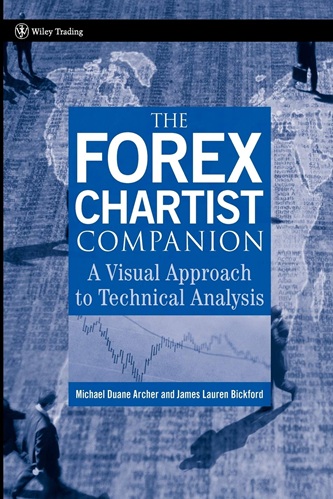

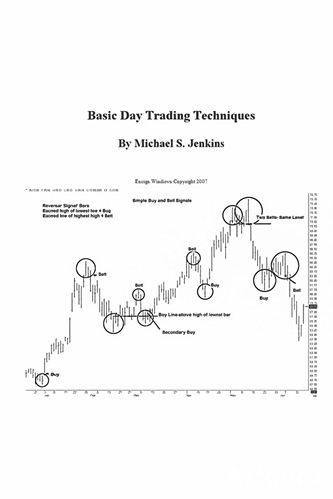
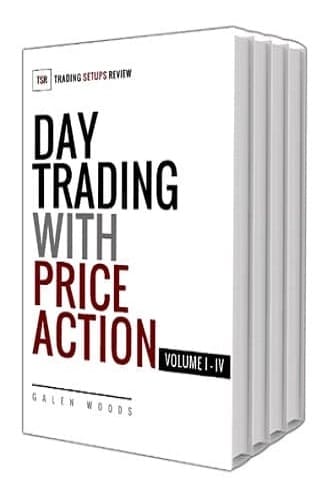
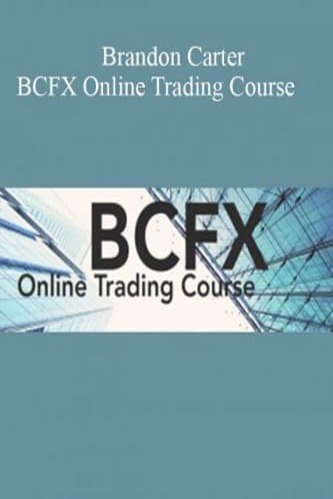

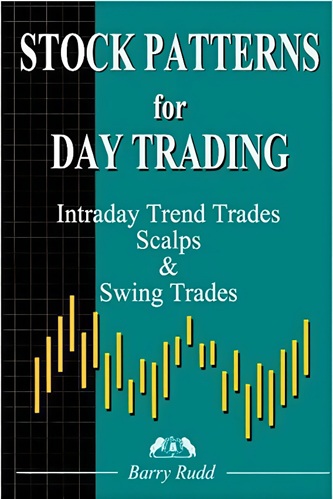
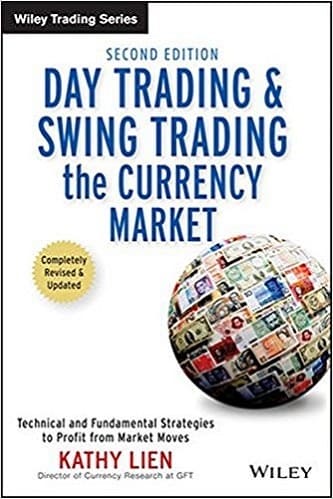
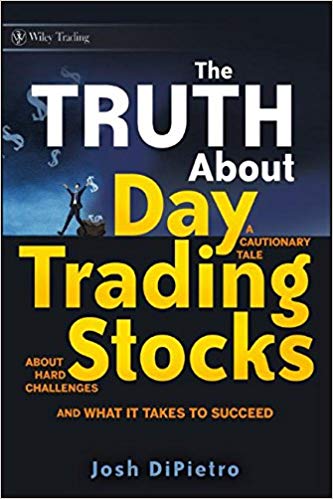
Yaretzi Gilmore (verified owner) –
This volume is an excellent source book of trading tools for the Forex Trader. You will not find a complete system with which to trade with or a primer on trading the Forex. This is not a book for a trading novice. But for the journeyman trader looking for tools to add to his/her own trading methodology,it provides an ‘encyclopedia’ of ideas and techniques with which to evaluate and forecast the behavior of the currency markets. The Forex Chartist Companion is solid reference that belongs next to your trading station.
Maximo Valencia (verified owner) –
Save your money! This book is not worth the effort and definitely not worth the price.
Maddison Adams (verified owner) –
For experienced traders: This book provides very basic overviews of various charting techniques and never goes into enough depth to be of any use to an experienced trader. Most sections end along the lines of “this concept is essential knowledge for the trader but a detailed discussion is outside the scope of this book”. The TOC looks interesting but the chapters do not have any actual meat.
For newbies: The book doesn’t provide any useful introduction to FX trading so I don’t see this book as offering any value for newbies either.
I’m shelving this book under the crowded “useless fluff” category.
Hudson Floyd (verified owner) –
First off, this book is not for the beginner. Nevertheless, for the intermediate and advanced traders, there are nice tools that provide a lot of food for thought. The authors are definitely traders, there is no disputing that. They also go above and beyond the call of duty in mining data. The pages offer a wealth of proof of the number crunching power we get from today’s technology, as well as the ability to present the data in a usable format.
My favorite chapters are the ones dealing with Point & Figure (which gave me tons of ideas), Swing Properties, Cycle Analysis, and last but not least, the Goodman Swing Count System. This chapter alone will leave you wanting more information on this virtually unknown (up till now) trading method.
Again, this book may not serve the needs of the beginning trader. But for the intermediate/advanced trader who is past the market infatuation stage and is willing to do the work, there are definite workable ideas contained within.